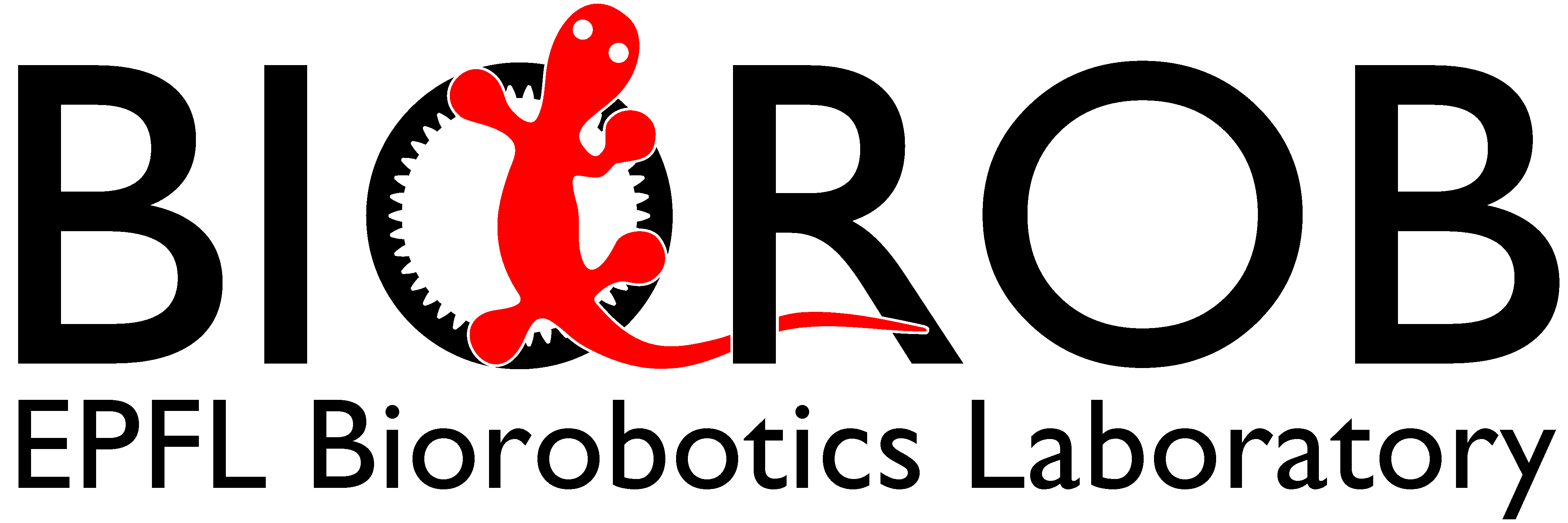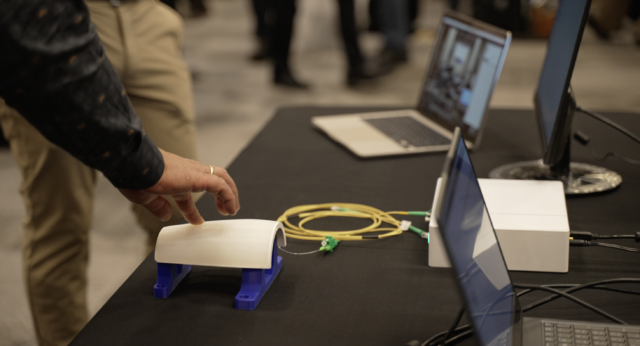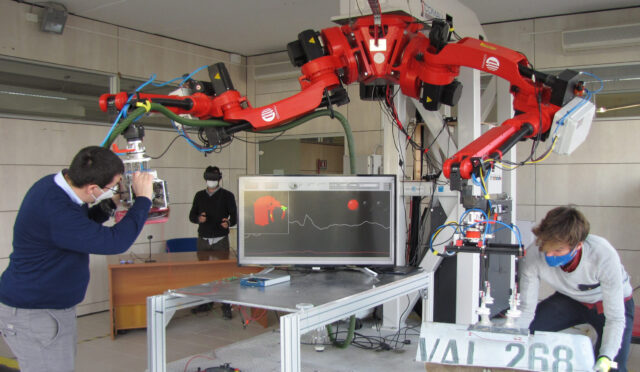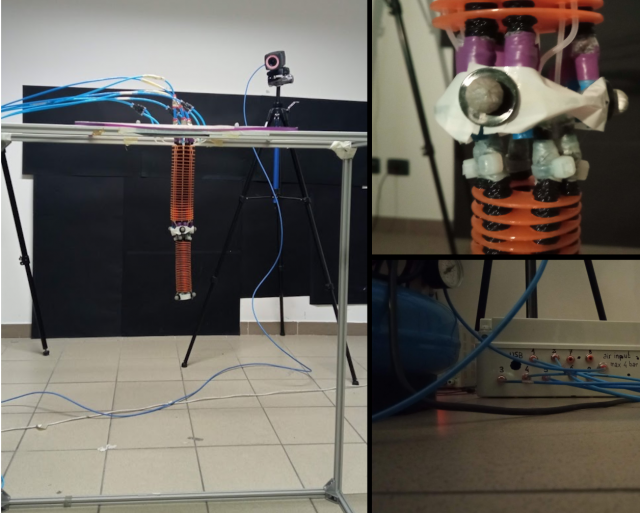HomeRobotic Database - Robotic platform | TERRINet

Swimming Pool and Flow tank
The facility is a medium size pool for testing performance of small swimming robots. The room is equipped with a tracking system based on the cameras mounted above the swimming pool. Tracking system provides position information of all bright points in the swimming pool area. Swimming tests against water flow can also be done by mounting removable components of the flow tank system, shown in the left photo.
Key features:
- Removable flow tank components for fast switching between infinity swimming and free swimming
- Quick and fast integration of tracking system client code
- Good position accuracy of multiple points in 2D (<1cm)
Possible applications:
- Testing and position tracking of swimming robots while swimming freely in the pool
- Swimming (and position tracking) against the constant flow of water, i.e. infinity swimming when speed and direction of flow is matched with the ones of the swimming robot
Technical specifications
| Position accuracy: | <1cm |
| Max water flow speed: | 50cm/s |
| Flow tank dimensions: | 400cmx100cmx37cm (LxWxD) |
| Free swimming dimensions: | 600cmx200cmx37cm (LxWxD) |
| Position data protocol: | Client server data with timestamps |
Access information
| Corresponding infrastructure | École Polytechnique Fédérale de Lausanne BioRobotics Lab |
| Location | Route Cantonale, |
| Unit of access | Working day |
Access history
Sync&Swim - doctor
Johann Herault
Aquatic animals as eels, perform undulatory swimming, consisting of accelerating the fluid to create thrust. The gaits are generated by the coordination/synchronization of central pattern generators (CPG) producing a rhythmic pattern. If short-range coupling between CPGs can be provided by local connections, the origin of long-range interactions remains an open question. Could long-range coupling between CPGs be provided by hydrodynamic sensory feedback?
The aim of the experiment is to investigate the efficiency of feedback based on hydrodynamics pressure to synchronize a network of CPGs. These oscillators will control the servomotors of a 9-links swimming robot. The runs will be performed thanks to a robot designed at EPFL. These results will be then compared to our theoretical models based on linear analysis of the body response and synchronization theory. Finally, we aim to determine the necessary and sufficient conditions to synchronize the oscillators.
We expect impacts on different fields of research
-
- Biology: the results will show how exteroceptive sensory feedback influences the limb coordination, and what is the role of peripheral control relative to the central neural control.
-
- Non-linear sciences: We seek to understand theoretically and experimentally the relevant parameters determining the condition of the network synchronizability, a long-standing problem in non-linear sciences.
-
- Robotics: We aim to design innovative bio-inspired command laws for robots.
Additional information
You may contact olexandr.gudozhnik@epfl.ch or alessandro.crespi@epfl.ch for further information.



